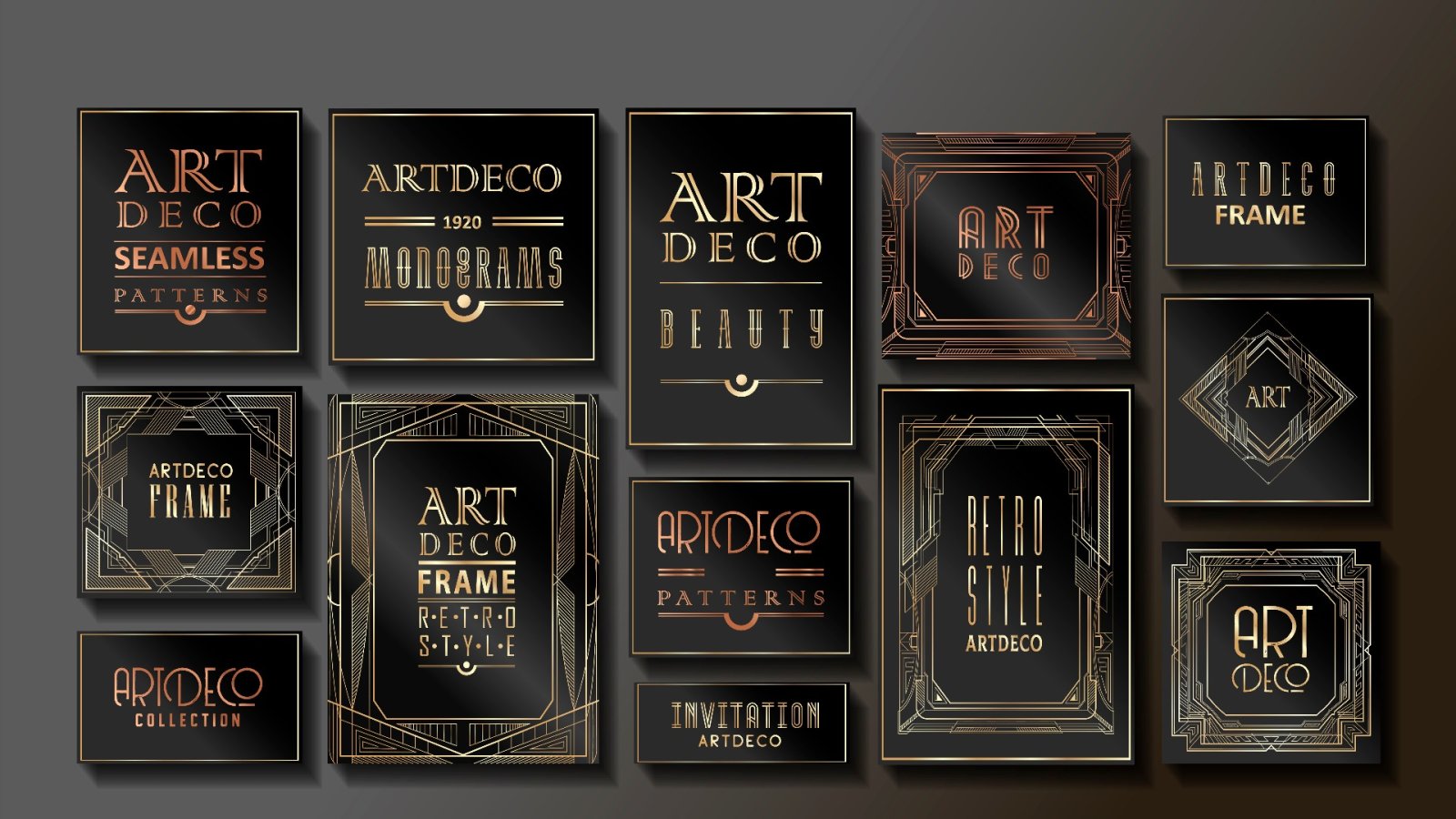The Belle Epoque, or "Beautiful Era," was a time of constant innovation and an atmosphere of boundless possibilities that permeated the European continent from the late 19th to the early 20th centuries. This luxurious period saw the emergence of modern conveniences and new trends that transformed many cities, particularly Paris, into scenes of unimaginable opulence. Art and design also thrived during this period, giving rise to unique styles that continue to captivate audiences today. In this article, we delve into the factors that drove the Belle Epoque era, highlight major players in the art and design scenes, and explore the eventual decline of this vibrant period.
The Belle Epoque, a period of luxury and extravagance, emerged in the 1870s in France, a time of rapid change and progress. After the fall of France's Second Empire, there was a newfound sense of hope and optimism for the future. The Second Industrial Revolution led to economic growth, especially in cities like Paris.
Not only that, but the Belle Epoque was also a time of great advancement in the decorative and fine arts. Artists were encouraged to pursue new ideas, particularly in celebrating the spectacle of the modern city. This period saw the emergence of new art forms and movements, which brought with them a burgeoning aesthetic that spoke to the pleasures of the era. However, the outbreak of World War I in 1914 abruptly put an end to this brilliance. It was only in hindsight, when compared to the horrors of wartime, that the term "Belle Epoque" was coined. This wistful nostalgia for a lost beautiful age adds to the allure of this period, as it recalls the incredible energy and creativity that was stifled by war. Nonetheless, the legacy of many of the artists associated with the Belle Epoque has survived in the form of brilliant examples of fine and decorative art.
Baron Georges-Eugene Haussmann spearheaded the urban renewal of Paris, which was also instrumental in reviving the city's spirit. From the 1850s to the 1870s, Haussmann demolished much of the city's medieval core and replaced it with grand boulevards, sweeping apartment blocks, and well-manicured parks. Gustave Caillebotte's Paris Street, Rainy Day (1877) immortalized these changes. Along with the development of large entertainment venues such as circuses, music halls, and cabarets, these modifications to the Parisian landscape created a cultural moment where the act of "seeing and being seen" was paramount.
With the focus on the modern experience, artists began to explore contemporary themes in their work. The emergence of new art movements such as the Impressionists, who held their inaugural exhibition in 1874, found inspiration in Parisian life. From Claude Monet’s depictions of the Gare Saint Lazare train station to Pierre-Auguste Renoir’s portrayal of café culture in Bal au Moulin de la Galette, and Mary Cassatt’s vignettes of elegantly-dressed theater-goers in In the Loge, these artists captured glimpses of modern entertainment. However, they were not alone in their pursuit of pushing art into new directions.
The Belle Epoque era witnessed a range of styles in furniture and jewelry that reflected the eclectic tastes of the time. While some designers such as Francois Linke continued to produce ornate Rococo-style pieces popular in the 18th century, others embraced a new approach that combined elegance with natural or streamlined elements. Among the most prominent movements and designers of this period were:
Art Nouveau, an aesthetic that celebrated flowing lines and natural shapes, often incorporating organic and semi-precious materials. Art Nouveau furniture makers like Louis Majorelle utilized deep wood tones and gilt bronze accents to create delicate yet striking pieces that unified the different elements of a home, from bedroom sets to desks.
This era was marked by a diverse range of furniture and jewelry design movements. One such movement was Art Nouveau, which incorporated natural forms and materials to create delicate and ornate furniture pieces. Louis Majorelle was a notable furniture maker in this style.
Art Deco, on the other hand, took a more precise and geometric approach to design. Eugène Printz and Jacques-Emile Ruhlmann were two influential Art Deco designers whose work heavily influenced modernist design trends of the 20th century.
The Arts & Crafts Movement, led by designers like Gustav Stickley and Charles Rennie Mackintosh, emphasized the importance of traditional making practices and the hand-hewn qualities of their designs. While they shared a similar precision in their designs with the Art Deco movement, the Arts & Crafts designers celebrated the presence of the artist's hand in their creations. The result was furniture and decorative art that boasted a high level of finish and dazzled the eye.






